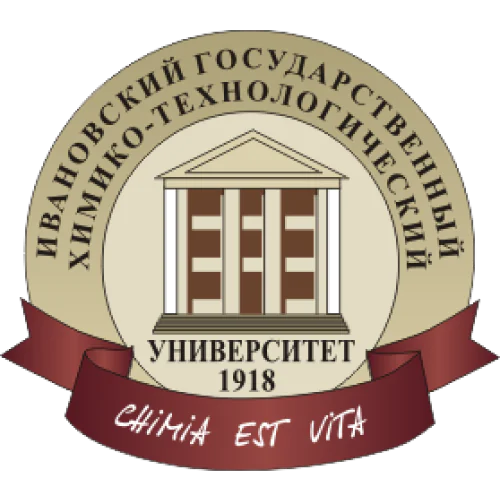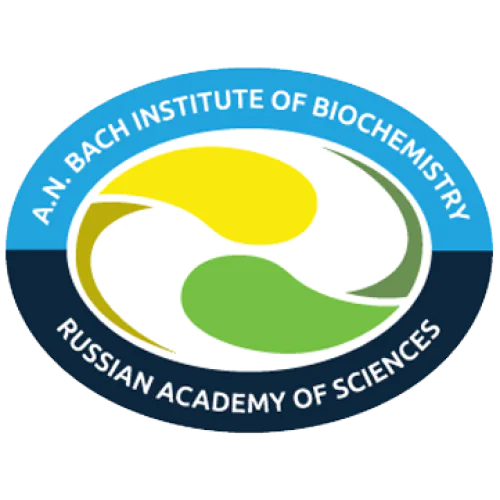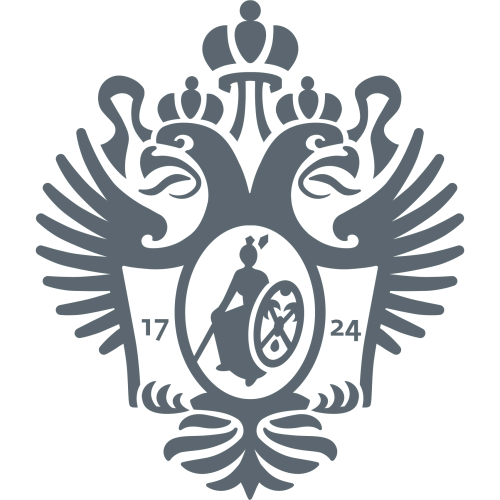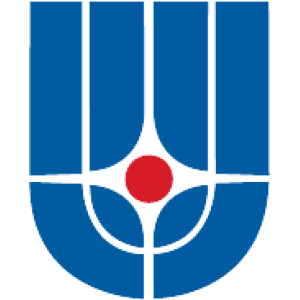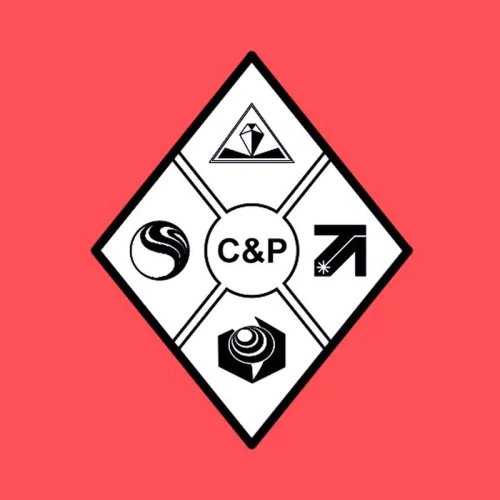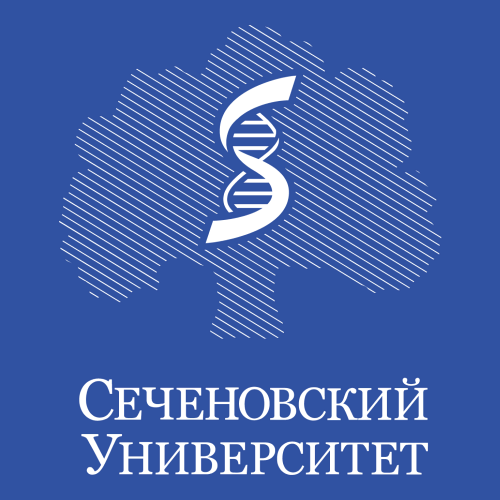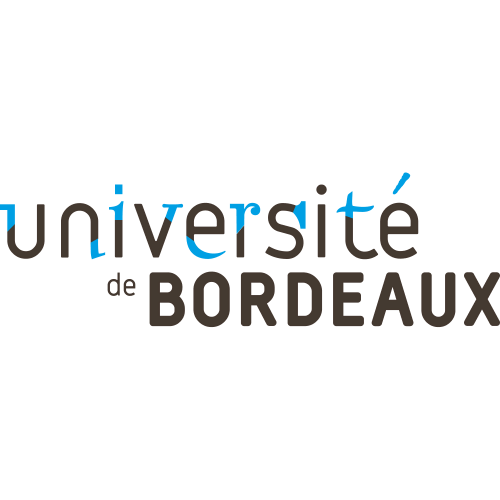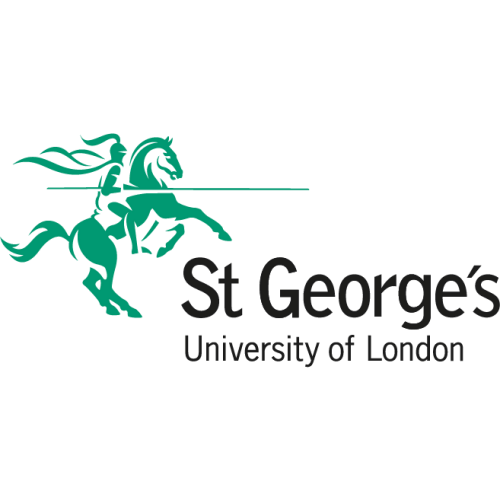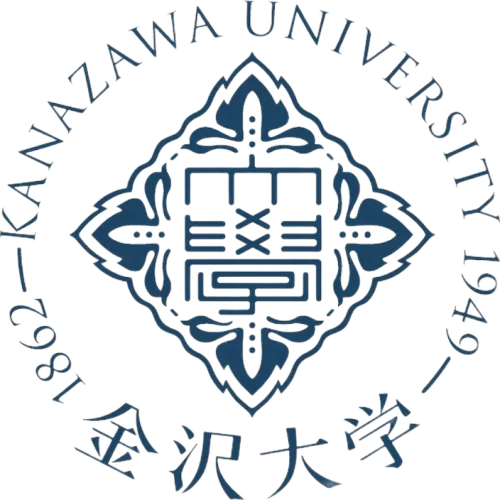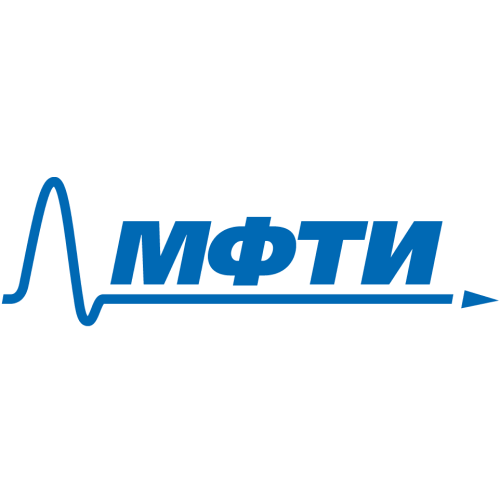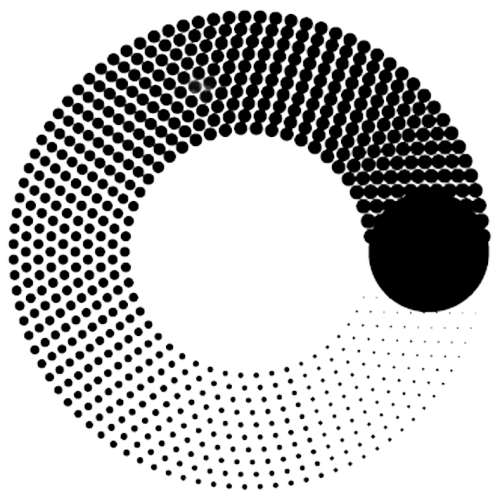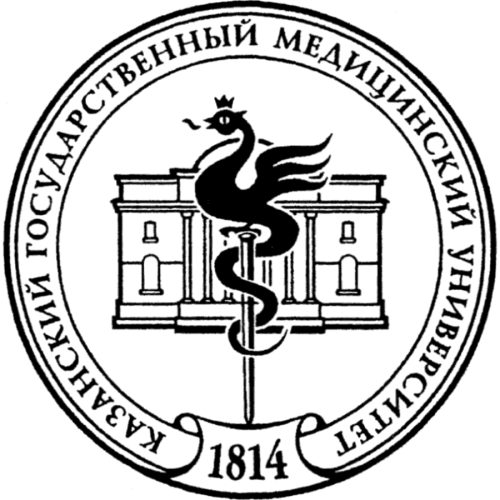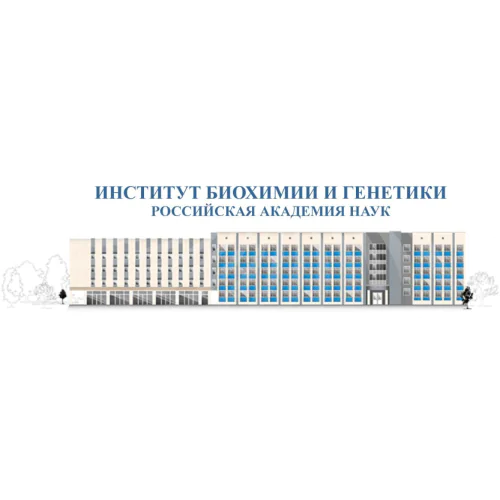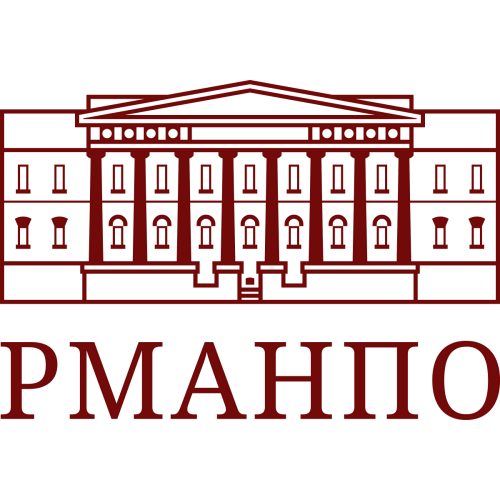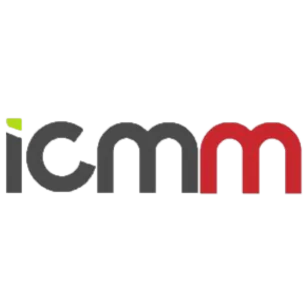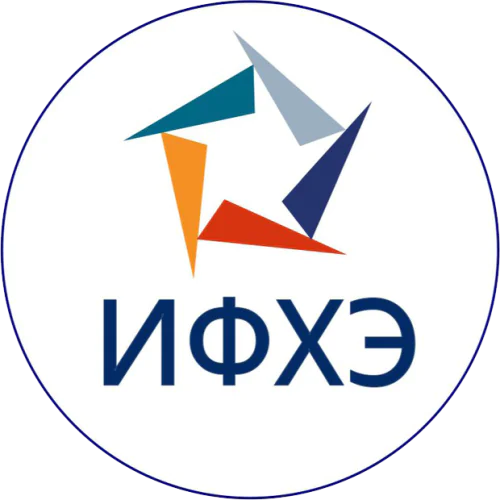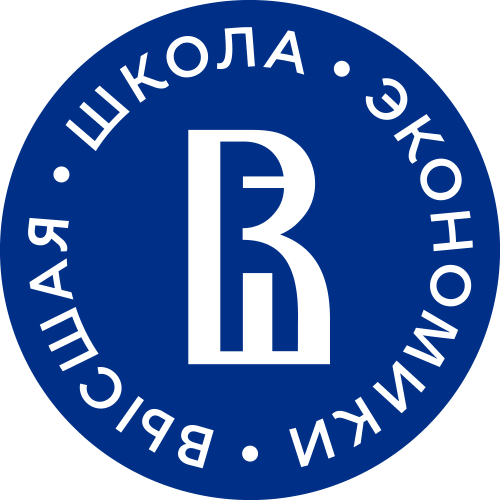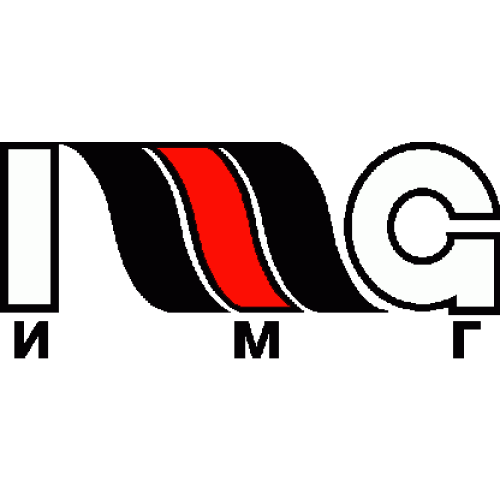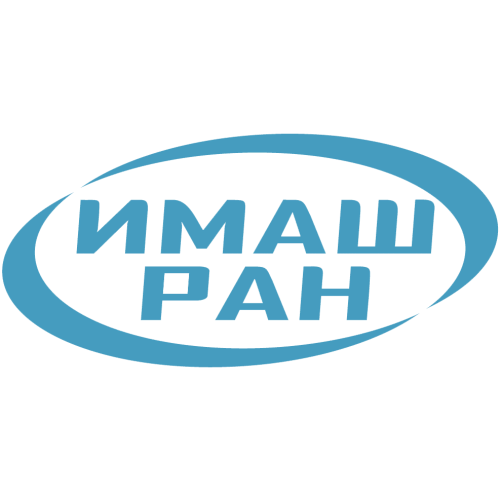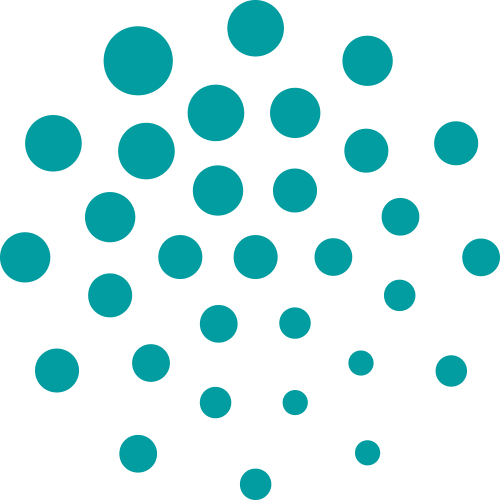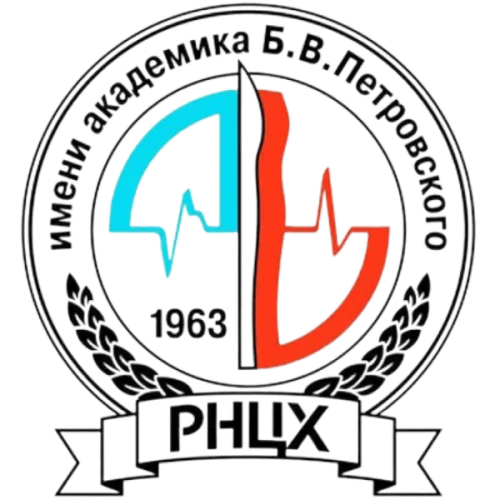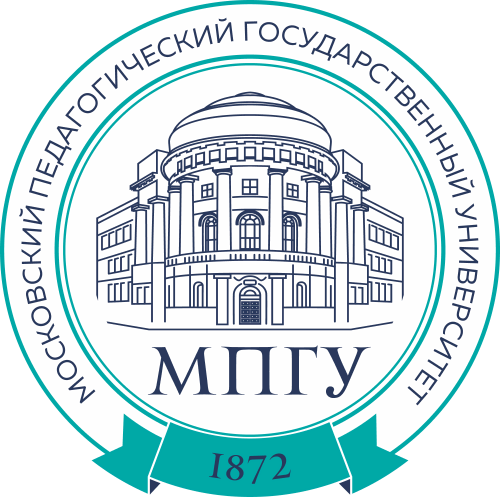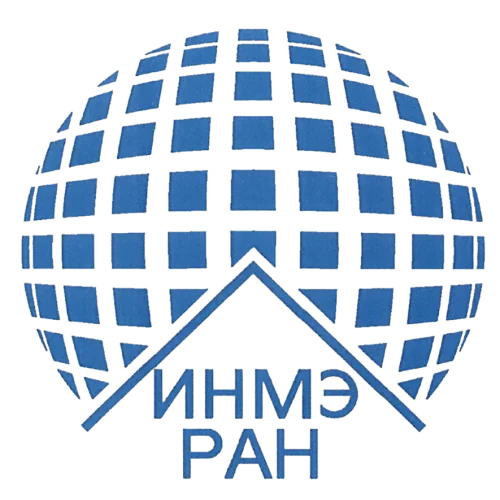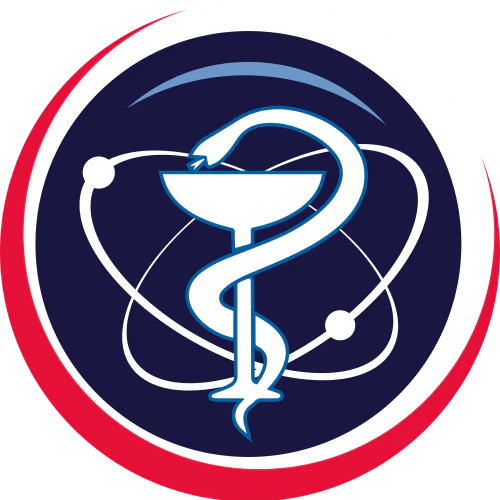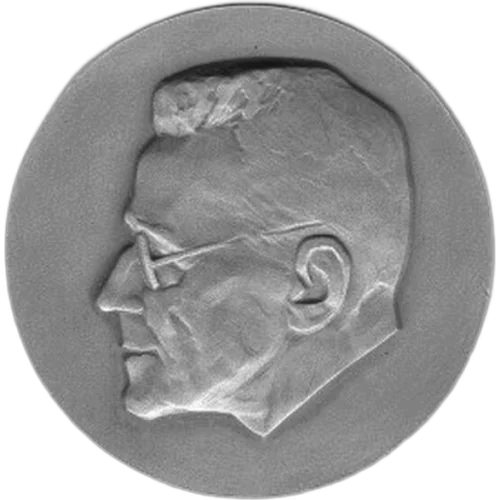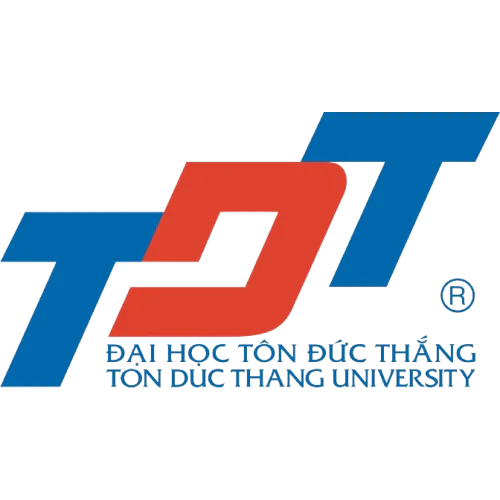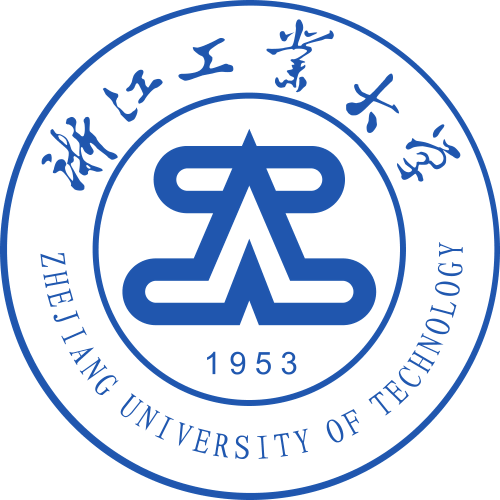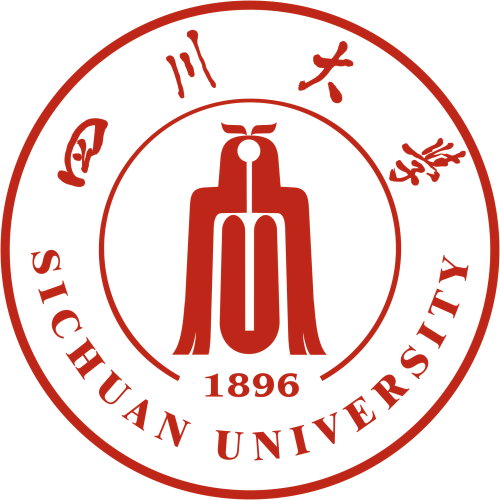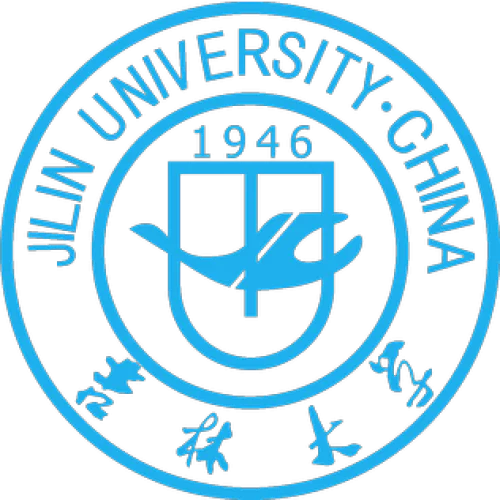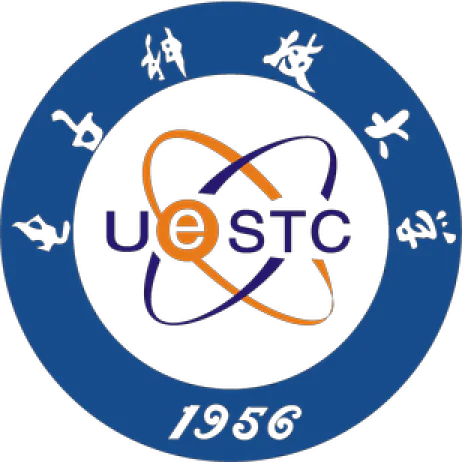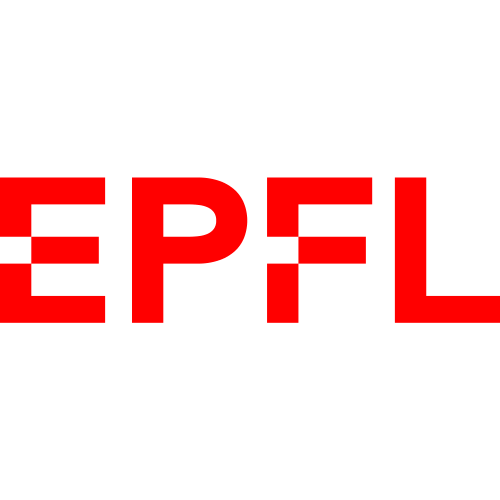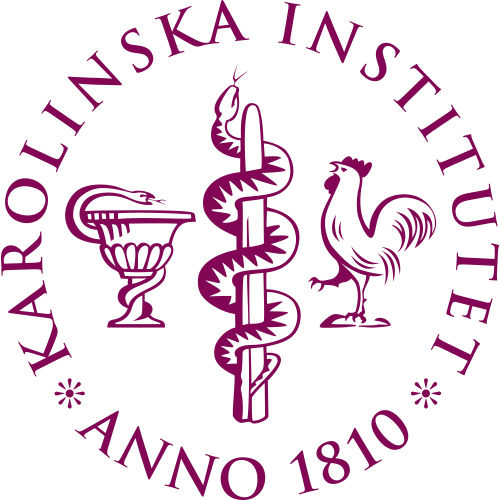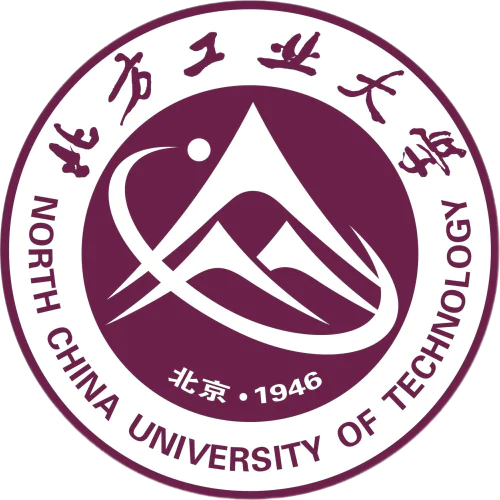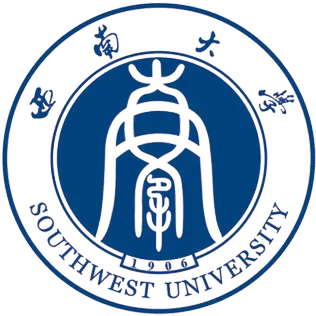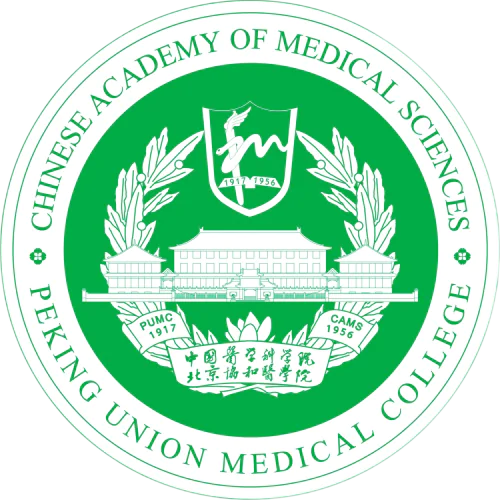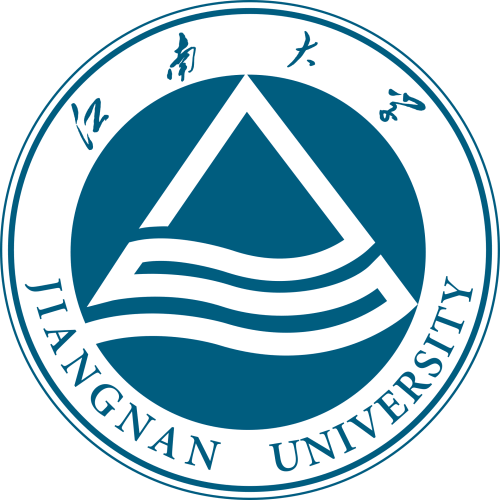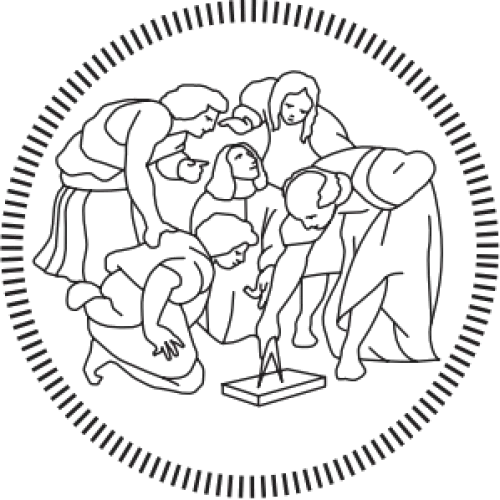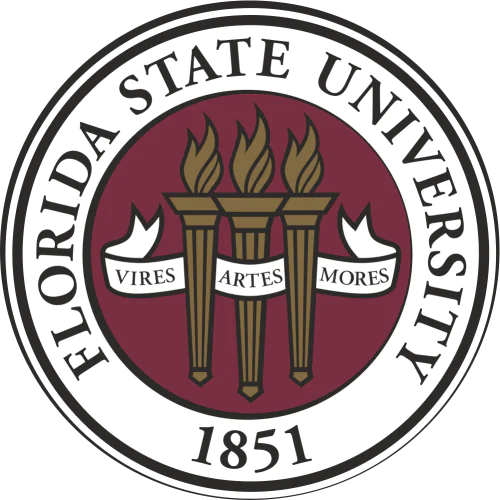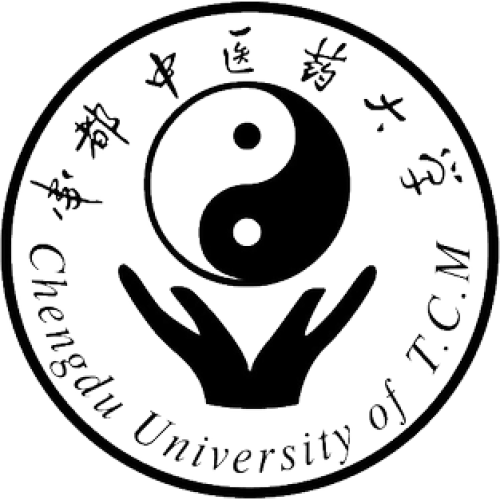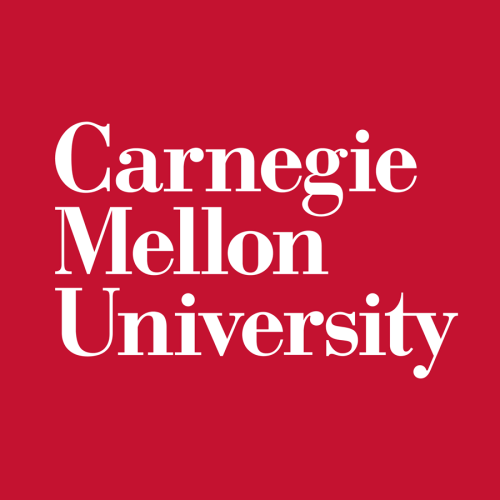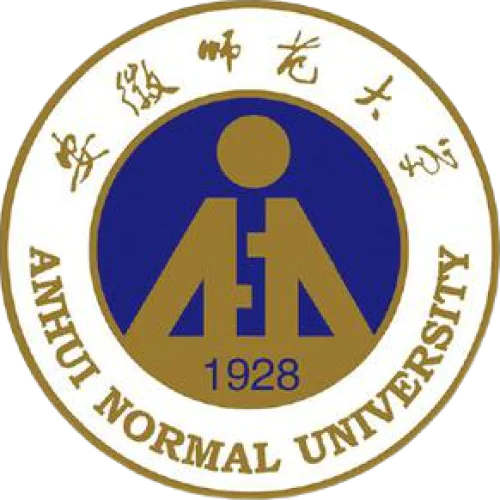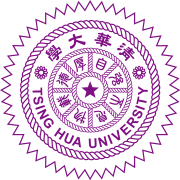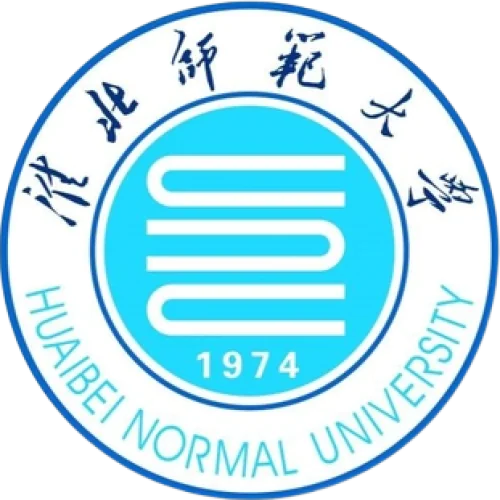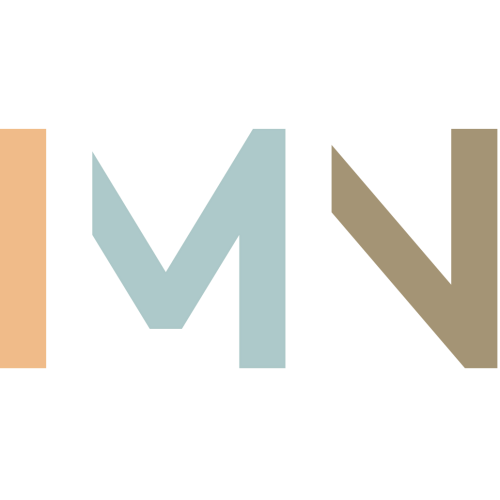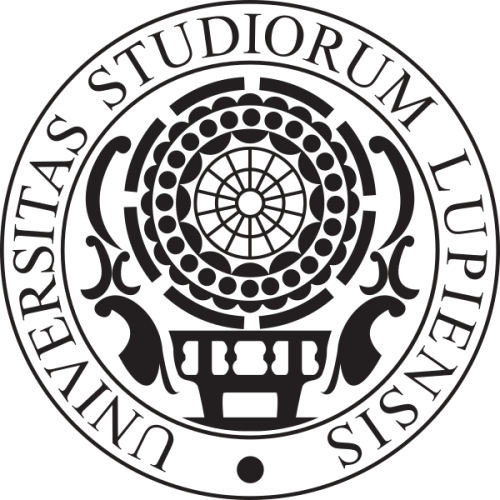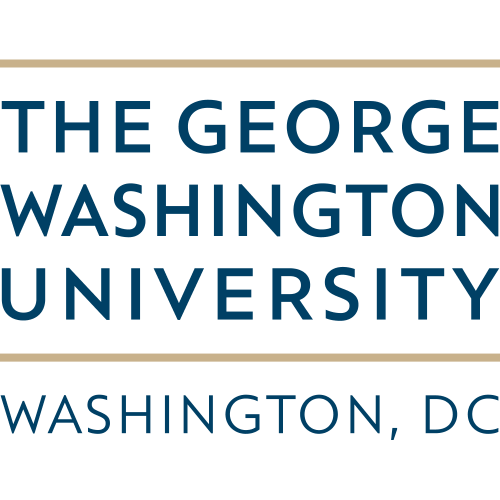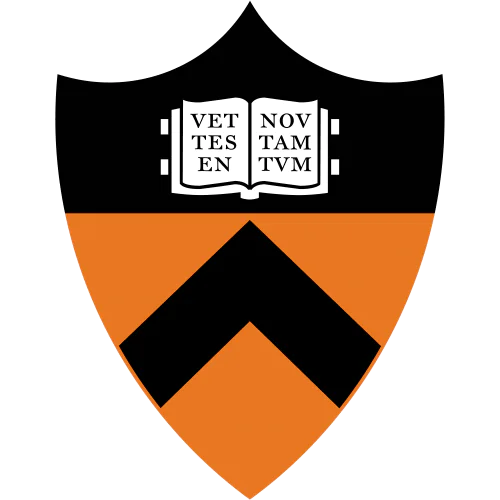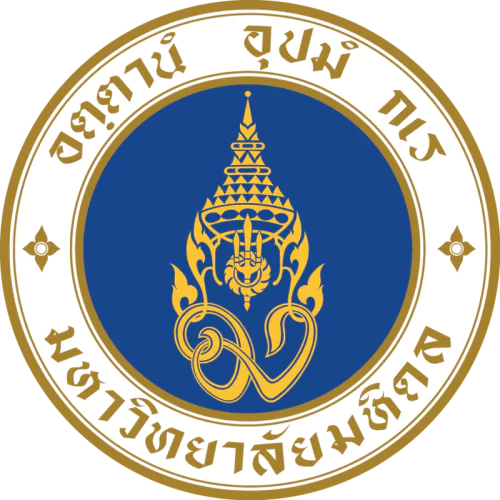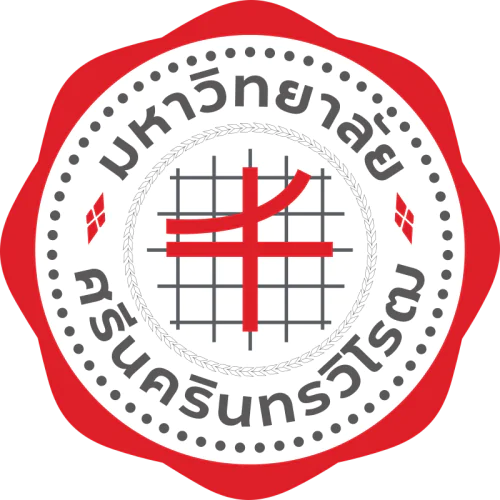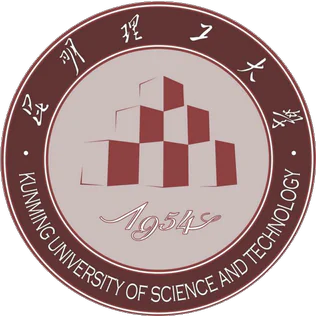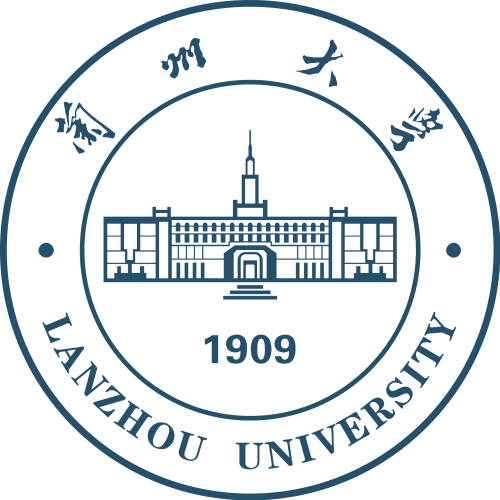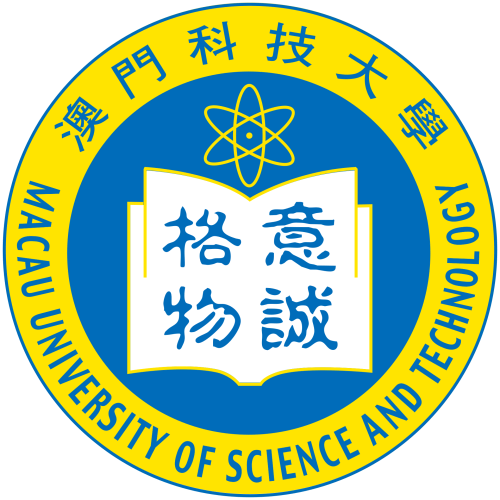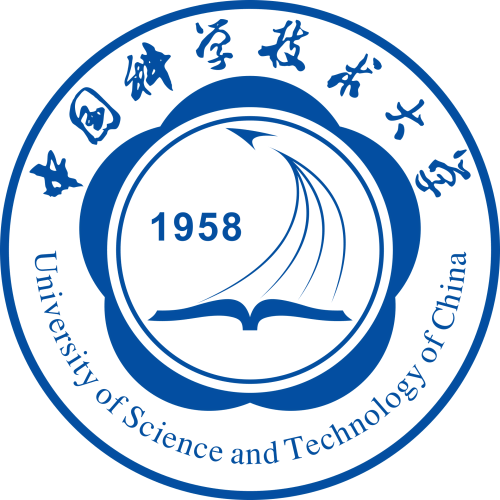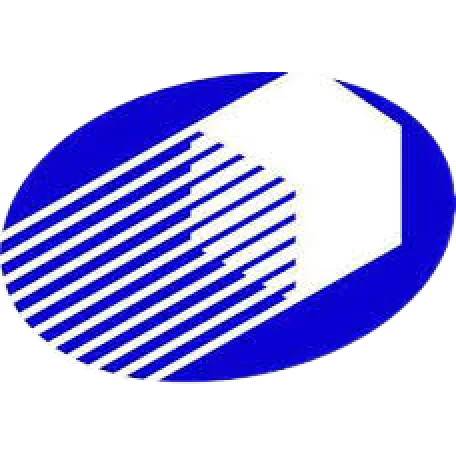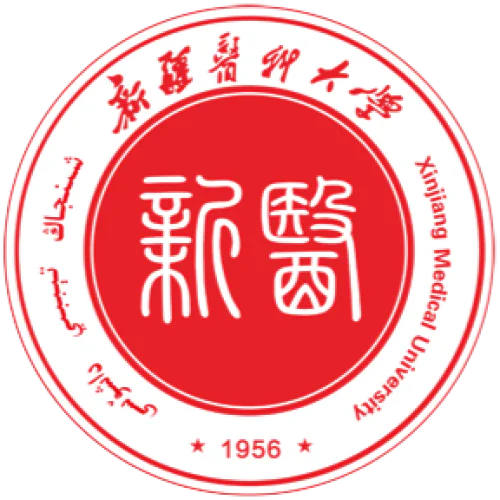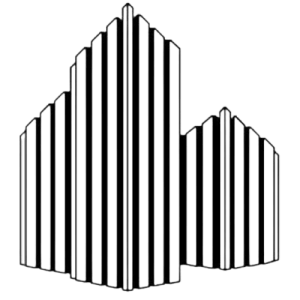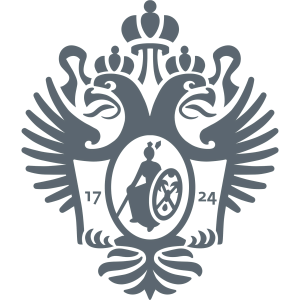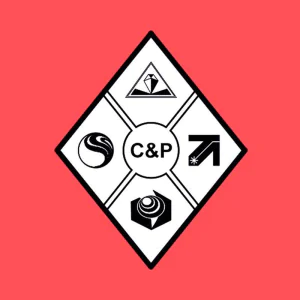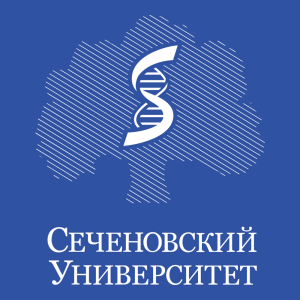
Svetlana Valeryevna Lavrushkina
Publications
13
Citations
121
h-index
6
Found
Nothing found, try to update filter.
Found
Nothing found, try to update filter.
Found
Nothing found, try to update filter.
Total publications
13
Total citations
121
Citations per publication
9.31
Average publications per year
1.86
Average coauthors
8.31
Publications years
2018-2024 (7 years)
h-index
6
i10-index
4
m-index
0.86
o-index
17
g-index
11
w-index
2
Metrics description
h-index
A scientist has an h-index if h of his N publications are cited at least h times each, while the remaining (N - h) publications are cited no more than h times each.
i10-index
The number of the author's publications that received at least 10 links each.
m-index
The researcher's m-index is numerically equal to the ratio of his h-index to the number of years that have passed since the first publication.
o-index
The geometric mean of the h-index and the number of citations of the most cited article of the scientist.
g-index
For a given set of articles, sorted in descending order of the number of citations that these articles received, the g-index is the largest number such that the g most cited articles received (in total) at least g2 citations.
w-index
If w articles of a researcher have at least 10w citations each and other publications are less than 10(w+1) citations, then the researcher's w-index is equal to w.
Top-100
Fields of science
|
1
2
3
4
|
|
|
General Medicine
|
General Medicine, 4, 30.77%
General Medicine
4 publications, 30.77%
|
|
Organic Chemistry
|
Organic Chemistry, 3, 23.08%
Organic Chemistry
3 publications, 23.08%
|
|
General Biochemistry, Genetics and Molecular Biology
|
General Biochemistry, Genetics and Molecular Biology, 3, 23.08%
General Biochemistry, Genetics and Molecular Biology
3 publications, 23.08%
|
|
Physical and Theoretical Chemistry
|
Physical and Theoretical Chemistry, 2, 15.38%
Physical and Theoretical Chemistry
2 publications, 15.38%
|
|
Pharmaceutical Science
|
Pharmaceutical Science, 2, 15.38%
Pharmaceutical Science
2 publications, 15.38%
|
|
Catalysis
|
Catalysis, 1, 7.69%
Catalysis
1 publication, 7.69%
|
|
Drug Discovery
|
Drug Discovery, 1, 7.69%
Drug Discovery
1 publication, 7.69%
|
|
Biochemistry
|
Biochemistry, 1, 7.69%
Biochemistry
1 publication, 7.69%
|
|
Inorganic Chemistry
|
Inorganic Chemistry, 1, 7.69%
Inorganic Chemistry
1 publication, 7.69%
|
|
Computer Science Applications
|
Computer Science Applications, 1, 7.69%
Computer Science Applications
1 publication, 7.69%
|
|
Spectroscopy
|
Spectroscopy, 1, 7.69%
Spectroscopy
1 publication, 7.69%
|
|
Molecular Biology
|
Molecular Biology, 1, 7.69%
Molecular Biology
1 publication, 7.69%
|
|
Pharmacology
|
Pharmacology, 1, 7.69%
Pharmacology
1 publication, 7.69%
|
|
Cell Biology
|
Cell Biology, 1, 7.69%
Cell Biology
1 publication, 7.69%
|
|
Molecular Medicine
|
Molecular Medicine, 1, 7.69%
Molecular Medicine
1 publication, 7.69%
|
|
General Chemical Engineering
|
General Chemical Engineering, 1, 7.69%
General Chemical Engineering
1 publication, 7.69%
|
|
Microbiology (medical)
|
Microbiology (medical), 1, 7.69%
Microbiology (medical)
1 publication, 7.69%
|
|
Microbiology
|
Microbiology, 1, 7.69%
Microbiology
1 publication, 7.69%
|
|
Analytical Chemistry
|
Analytical Chemistry, 1, 7.69%
Analytical Chemistry
1 publication, 7.69%
|
|
Chemistry (miscellaneous)
|
Chemistry (miscellaneous), 1, 7.69%
Chemistry (miscellaneous)
1 publication, 7.69%
|
|
Biotechnology
|
Biotechnology, 1, 7.69%
Biotechnology
1 publication, 7.69%
|
|
General Materials Science
|
General Materials Science, 1, 7.69%
General Materials Science
1 publication, 7.69%
|
|
Bioengineering
|
Bioengineering, 1, 7.69%
Bioengineering
1 publication, 7.69%
|
|
General Immunology and Microbiology
|
General Immunology and Microbiology, 1, 7.69%
General Immunology and Microbiology
1 publication, 7.69%
|
|
Biomedical Engineering
|
Biomedical Engineering, 1, 7.69%
Biomedical Engineering
1 publication, 7.69%
|
|
General Neuroscience
|
General Neuroscience, 1, 7.69%
General Neuroscience
1 publication, 7.69%
|
|
Virology
|
Virology, 1, 7.69%
Virology
1 publication, 7.69%
|
|
1
2
3
4
|
Journals
|
1
2
|
|
|
Biopolymers and Cell
2 publications, 15.38%
|
|
|
Tsitologiya
2 publications, 15.38%
|
|
|
Nanoscale
1 publication, 7.69%
|
|
|
Molecules
1 publication, 7.69%
|
|
|
Bioconjugate Chemistry
1 publication, 7.69%
|
|
|
Microorganisms
1 publication, 7.69%
|
|
|
Journal of Visualized Experiments
1 publication, 7.69%
|
|
|
International Journal of Molecular Sciences
1 publication, 7.69%
|
|
|
Archiv der Pharmazie
1 publication, 7.69%
|
|
|
Cell and Tissue Biology
1 publication, 7.69%
|
|
|
Biochemistry. Biokhimiia
1 publication, 7.69%
|
|
|
1
2
|
Citing journals
Publishers
|
1
2
3
|
|
|
MDPI
3 publications, 23.08%
|
|
|
Institute of Molecular Biology and Genetics (NAS Ukraine)
2 publications, 15.38%
|
|
|
The Russian Academy of Sciences
2 publications, 15.38%
|
|
|
Wiley
1 publication, 7.69%
|
|
|
American Chemical Society (ACS)
1 publication, 7.69%
|
|
|
Pleiades Publishing
1 publication, 7.69%
|
|
|
Royal Society of Chemistry (RSC)
1 publication, 7.69%
|
|
|
MYJoVE Corporation
1 publication, 7.69%
|
|
|
Akademizdatcenter Nauka
1 publication, 7.69%
|
|
|
1
2
3
|
Organizations from articles
|
2
4
6
8
10
|
|
|
Lomonosov Moscow State University
10 publications, 76.92%
|
|
|
National Medical Research Center Obsterics, Gynecology and Perinatology the name of Academician V.I. Kulakov
5 publications, 38.46%
|
|
|
Organization not defined
|
Organization not defined, 3, 23.08%
Organization not defined
3 publications, 23.08%
|
|
National University of Science & Technology (MISiS)
3 publications, 23.08%
|
|
|
Bach Institute of Biochemistry of the Russian Academy of Sciences
2 publications, 15.38%
|
|
|
Federal Research Centre “Fundamentals of Biotechnology” of the Russian Academy of Sciences
2 publications, 15.38%
|
|
|
Saint Petersburg State University
2 publications, 15.38%
|
|
|
National Research Centre "Kurchatov Institute"
2 publications, 15.38%
|
|
|
Mendeleev University of Chemical Technology of Russia
2 publications, 15.38%
|
|
|
Almazov National Medical Research Centre
2 publications, 15.38%
|
|
|
N.N. Blokhin National Medical Research Center of Oncology
2 publications, 15.38%
|
|
|
A.N.Nesmeyanov Institute of Organoelement Compounds of the Russian Academy of Sciences
1 publication, 7.69%
|
|
|
N.N. Semenov Federal Research Center for Chemical Physics of the Russian Academy of Sciences
1 publication, 7.69%
|
|
|
Kurchatov Complex of Crystallography and Photonics of NRC «Kurchatov Institute»
1 publication, 7.69%
|
|
|
Sechenov First Moscow State Medical University
1 publication, 7.69%
|
|
|
Pirogov Russian National Research Medical University
1 publication, 7.69%
|
|
|
Ufa Federal Research Center of the Russian Academy of Sciences
1 publication, 7.69%
|
|
|
University of Bordeaux
1 publication, 7.69%
|
|
|
Imperial College London
1 publication, 7.69%
|
|
|
St George's, University of London
1 publication, 7.69%
|
|
|
Kanazawa University
1 publication, 7.69%
|
|
|
2
4
6
8
10
|
Countries from articles
|
2
4
6
8
10
|
|
|
Russia
|
Russia, 10, 76.92%
Russia
10 publications, 76.92%
|
|
Country not defined
|
Country not defined, 5, 38.46%
Country not defined
5 publications, 38.46%
|
|
France
|
France, 1, 7.69%
France
1 publication, 7.69%
|
|
United Kingdom
|
United Kingdom, 1, 7.69%
United Kingdom
1 publication, 7.69%
|
|
Grenada
|
Grenada, 1, 7.69%
Grenada
1 publication, 7.69%
|
|
Japan
|
Japan, 1, 7.69%
Japan
1 publication, 7.69%
|
|
2
4
6
8
10
|
Citing organizations
|
5
10
15
20
25
30
35
40
|
|
|
Lomonosov Moscow State University
36 citations, 29.75%
|
|
|
National University of Science & Technology (MISiS)
27 citations, 22.31%
|
|
|
Organization not defined
|
Organization not defined, 18, 14.88%
Organization not defined
18 citations, 14.88%
|
|
Imperial College London
12 citations, 9.92%
|
|
|
Kanazawa University
11 citations, 9.09%
|
|
|
National Research Centre "Kurchatov Institute"
8 citations, 6.61%
|
|
|
Sechenov First Moscow State Medical University
7 citations, 5.79%
|
|
|
Pirogov Russian National Research Medical University
7 citations, 5.79%
|
|
|
Peoples' Friendship University of Russia
6 citations, 4.96%
|
|
|
N.N. Blokhin National Medical Research Center of Oncology
6 citations, 4.96%
|
|

Federal Research Centre “Fundamentals of Biotechnology” of the Russian Academy of Sciences
5 citations, 4.13%
|
|
|
Engelhardt Institute of Molecular Biology of the Russian Academy of Sciences
4 citations, 3.31%
|
|
|
Bach Institute of Biochemistry of the Russian Academy of Sciences
4 citations, 3.31%
|
|
|
Mendeleev University of Chemical Technology of Russia
4 citations, 3.31%
|
|
|
University of Tübingen
4 citations, 3.31%
|
|
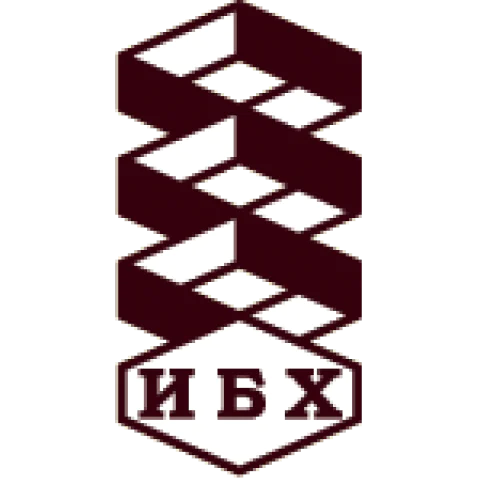
Shemyakin-Ovchinnikov Institute of Bioorganic Chemistry of the Russian Academy of Sciences
3 citations, 2.48%
|
|
|
Moscow Institute of Physics and Technology
3 citations, 2.48%
|
|
|
Gause Institute of New Antibiotics
3 citations, 2.48%
|
|
|
A.N.Nesmeyanov Institute of Organoelement Compounds of the Russian Academy of Sciences
2 citations, 1.65%
|
|
|
Moscow Polytechnic University
2 citations, 1.65%
|
|
|
Dukhov Research Institute of Automatics
2 citations, 1.65%
|
|
|
Kazan State Medical University
2 citations, 1.65%
|
|
|
Institute of Biochemistry and Genetics of the Ufa Federal Research Center of the Russian Academy of Sciences
2 citations, 1.65%
|
|
|
Serbsky National Medical Research Center for Psychiatry and Narcology
2 citations, 1.65%
|
|
|
Ufa Federal Research Center of the Russian Academy of Sciences
2 citations, 1.65%
|
|
|
Russian Medical Academy of Continuous Professional Education
2 citations, 1.65%
|
|
|
Tel Aviv University
2 citations, 1.65%
|
|
|
St George's, University of London
2 citations, 1.65%
|
|
|
Materials Science Institute of Madrid
2 citations, 1.65%
|
|
|
Institute of Molecular Genetics of the Czech Academy of Sciences
2 citations, 1.65%
|
|
|
A.N. Frumkin Institute of Physical Chemistry and Electrochemistry of the Russian Academy of Sciences
1 citation, 0.83%
|
|
|
Skolkovo Institute of Science and Technology
1 citation, 0.83%
|
|
|
National Research University Higher School of Economics
1 citation, 0.83%
|
|
|
Institute of Molecular Genetics of NRC «Kurchatov Institute»
1 citation, 0.83%
|
|
|
Institute of Physiologically Active Compounds of the Russian Academy of Science
1 citation, 0.83%
|
|
|
Ufa Institute of Chemistry of the Ufa Federal Research Center of the Russian Academy of Sciences
1 citation, 0.83%
|
|
|
Kurchatov Complex of Crystallography and Photonics of NRC «Kurchatov Institute»
1 citation, 0.83%
|
|
|
Osipyan Institute of Solid State Physics of the Russian Academy of Sciences
1 citation, 0.83%
|
|
|
Mechanical Engineering Research Institute of Russian Academy of Sciences
1 citation, 0.83%
|
|
|
Kazan Federal University
1 citation, 0.83%
|
|
|
Sirius University of Science and Technology
1 citation, 0.83%
|
|
|
Petrovsky National Research Centre of Surgery
1 citation, 0.83%
|
|
|
Moscow Pedagogical State University
1 citation, 0.83%
|
|
|
National Research University of Electronic Technology
1 citation, 0.83%
|
|
|
National Medical Research Center Obsterics, Gynecology and Perinatology the name of Academician V.I. Kulakov
1 citation, 0.83%
|
|
|
Institute of Nanotechnology of Microelectronics of the Russian Academy of Sciences
1 citation, 0.83%
|
|
|
National Medical Research Radiological Centre of the Ministry of Health of the Russian Federation
1 citation, 0.83%
|
|
|
Institute of General Pathology and Pathophysiology
1 citation, 0.83%
|
|
|
Ufa University of Science and Technology
1 citation, 0.83%
|
|
|
Shiraz University
1 citation, 0.83%
|
|
|
Babol Noshirvani University of Technology
1 citation, 0.83%
|
|
|
Payame Noor University
1 citation, 0.83%
|
|
|
Islamic Azad University, Tehran
1 citation, 0.83%
|
|
|
Qaemshahr Islamic Azad University
1 citation, 0.83%
|
|
|
Islamic Azad University, Mashhad
1 citation, 0.83%
|
|
|
Ton Duc Thang University
1 citation, 0.83%
|
|
|
Zhejiang University
1 citation, 0.83%
|
|
|
Zhejiang University of Technology
1 citation, 0.83%
|
|
|
Sichuan University
1 citation, 0.83%
|
|
|
Jilin University
1 citation, 0.83%
|
|
|
University of Electronic Science and Technology of China
1 citation, 0.83%
|
|
|
École Polytechnique Fédérale de Lausanne
1 citation, 0.83%
|
|
|
Karolinska Institute
1 citation, 0.83%
|
|
|
North China University of Technology
1 citation, 0.83%
|
|
|
Southwest University
1 citation, 0.83%
|
|
|
Chinese Academy of Medical Sciences & Peking Union Medical College
1 citation, 0.83%
|
|
|
Jiangnan University
1 citation, 0.83%
|
|
|
Polytechnic University of Milan
1 citation, 0.83%
|
|
|
Istituti di Ricovero e Cura a Carattere Scientifico
1 citation, 0.83%
|
|
|
University of Turku
1 citation, 0.83%
|
|
|
Danish Cancer Society
1 citation, 0.83%
|
|
|
University of Edinburgh
1 citation, 0.83%
|
|
|
Florida State University
1 citation, 0.83%
|
|
|
Chengdu University of Traditional Chinese Medicine
1 citation, 0.83%
|
|
|
Carnegie Mellon University
1 citation, 0.83%
|
|
|
Anhui Normal University
1 citation, 0.83%
|
|
|
Cornell University
1 citation, 0.83%
|
|
|
National Tsing Hua University
1 citation, 0.83%
|
|
|
Huaibei Normal University
1 citation, 0.83%
|
|
|
Mario Negri Institute for Pharmacological Research
1 citation, 0.83%
|
|
|
University of Salento
1 citation, 0.83%
|
|
|
University of Strathclyde
1 citation, 0.83%
|
|
|
Pennsylvania State University
1 citation, 0.83%
|
|
|
George Washington University
1 citation, 0.83%
|
|
|
Princeton University
1 citation, 0.83%
|
|
|
Mahidol University
1 citation, 0.83%
|
|
|
Srinakharinwirot University
1 citation, 0.83%
|
|
|
Washington University in St. Louis
1 citation, 0.83%
|
|
|
Colorado State University
1 citation, 0.83%
|
|
|
Rutgers, The State University of New Jersey
1 citation, 0.83%
|
|
|
Kunming University of Science and Technology
1 citation, 0.83%
|
|
|
Nagoya University
1 citation, 0.83%
|
|
|
Tohoku University
1 citation, 0.83%
|
|
|
Lanzhou University
1 citation, 0.83%
|
|
|
Macau University of Science and Technology
1 citation, 0.83%
|
|
|
University of Science and Technology of China
1 citation, 0.83%
|
|
|
Changchun Institute of Applied Chemistry, Chinese Academy of Sciences
1 citation, 0.83%
|
|
|
Xinjiang Medical University
1 citation, 0.83%
|
|
|
Shanghai Institute of Materia Medica, Chinese Academy of Sciences
1 citation, 0.83%
|
|
|
McMaster University
1 citation, 0.83%
|
|
|
5
10
15
20
25
30
35
40
|
|
Citing countries
|
10
20
30
40
50
60
|
|
|
Russia
|
Russia, 52, 42.98%
Russia
52 citations, 42.98%
|
|
Country not defined
|
Country not defined, 16, 13.22%
Country not defined
16 citations, 13.22%
|
|
China
|
China, 16, 13.22%
China
16 citations, 13.22%
|
|
United Kingdom
|
United Kingdom, 16, 13.22%
United Kingdom
16 citations, 13.22%
|
|
Japan
|
Japan, 13, 10.74%
Japan
13 citations, 10.74%
|
|
USA
|
USA, 10, 8.26%
USA
10 citations, 8.26%
|
|
Germany
|
Germany, 7, 5.79%
Germany
7 citations, 5.79%
|
|
Spain
|
Spain, 4, 3.31%
Spain
4 citations, 3.31%
|
|
Israel
|
Israel, 2, 1.65%
Israel
2 citations, 1.65%
|
|
Iran
|
Iran, 2, 1.65%
Iran
2 citations, 1.65%
|
|
Italy
|
Italy, 2, 1.65%
Italy
2 citations, 1.65%
|
|
Canada
|
Canada, 2, 1.65%
Canada
2 citations, 1.65%
|
|
Czech Republic
|
Czech Republic, 2, 1.65%
Czech Republic
2 citations, 1.65%
|
|
France
|
France, 1, 0.83%
France
1 citation, 0.83%
|
|
Azerbaijan
|
Azerbaijan, 1, 0.83%
Azerbaijan
1 citation, 0.83%
|
|
Brazil
|
Brazil, 1, 0.83%
Brazil
1 citation, 0.83%
|
|
Vietnam
|
Vietnam, 1, 0.83%
Vietnam
1 citation, 0.83%
|
|
Denmark
|
Denmark, 1, 0.83%
Denmark
1 citation, 0.83%
|
|
Egypt
|
Egypt, 1, 0.83%
Egypt
1 citation, 0.83%
|
|
Netherlands
|
Netherlands, 1, 0.83%
Netherlands
1 citation, 0.83%
|
|
Oman
|
Oman, 1, 0.83%
Oman
1 citation, 0.83%
|
|
Pakistan
|
Pakistan, 1, 0.83%
Pakistan
1 citation, 0.83%
|
|
Poland
|
Poland, 1, 0.83%
Poland
1 citation, 0.83%
|
|
Republic of Korea
|
Republic of Korea, 1, 0.83%
Republic of Korea
1 citation, 0.83%
|
|
Slovakia
|
Slovakia, 1, 0.83%
Slovakia
1 citation, 0.83%
|
|
Thailand
|
Thailand, 1, 0.83%
Thailand
1 citation, 0.83%
|
|
Finland
|
Finland, 1, 0.83%
Finland
1 citation, 0.83%
|
|
Switzerland
|
Switzerland, 1, 0.83%
Switzerland
1 citation, 0.83%
|
|
Sweden
|
Sweden, 1, 0.83%
Sweden
1 citation, 0.83%
|
|
10
20
30
40
50
60
|
- We do not take into account publications without a DOI.
- Statistics recalculated daily.
This section displays the profiles of scientists registered on the platform. To display the full list, invite your colleagues to register.














